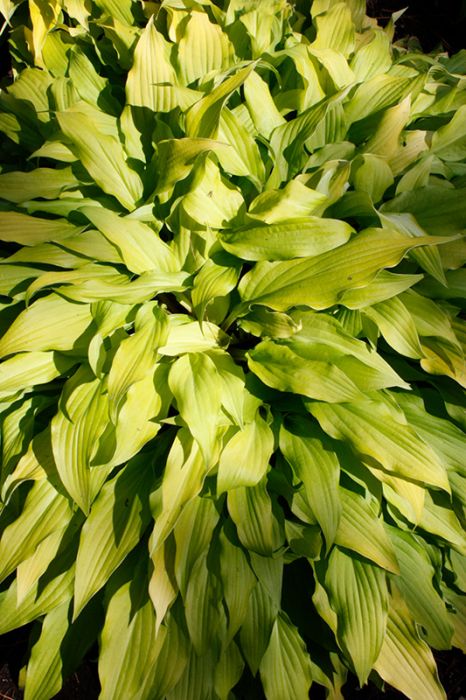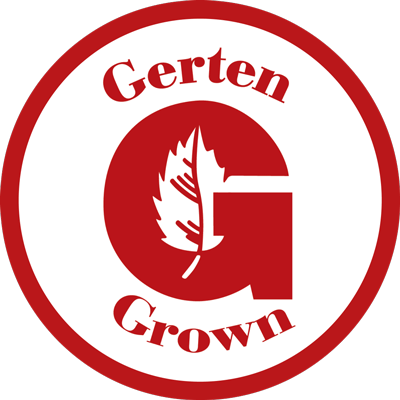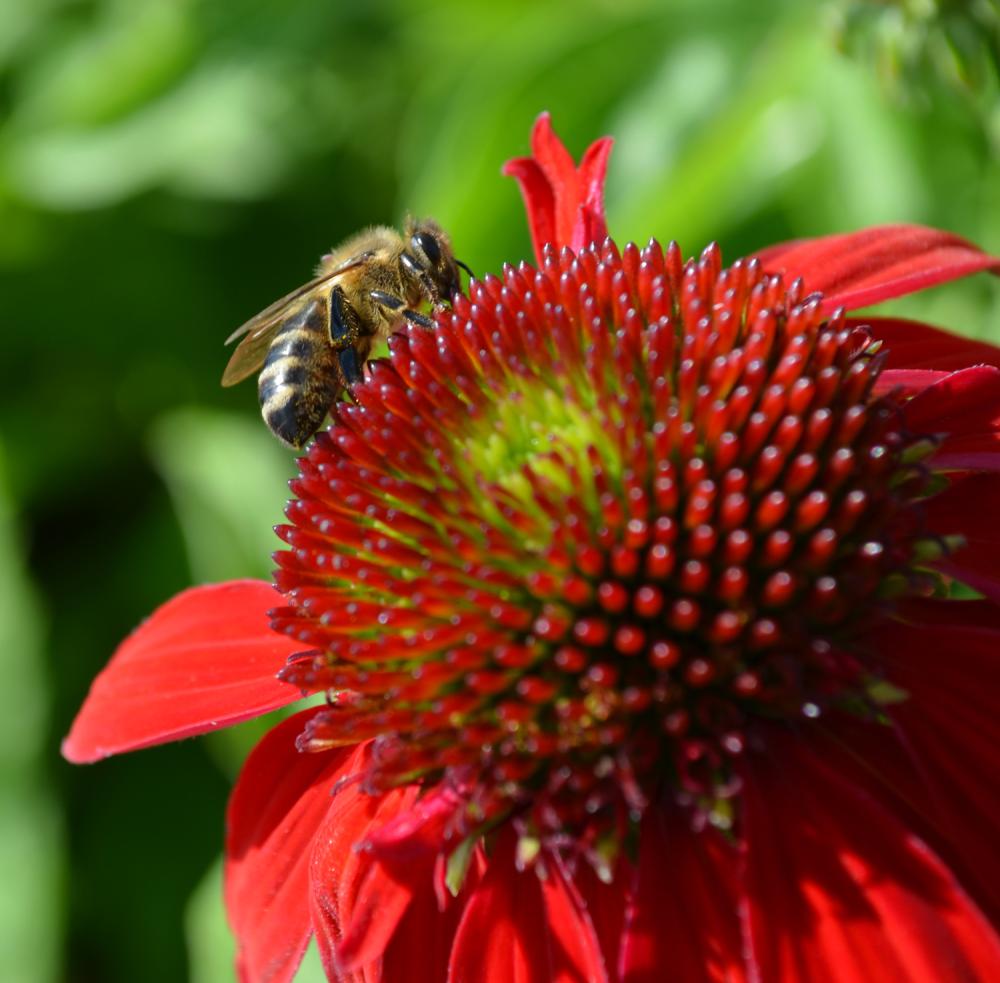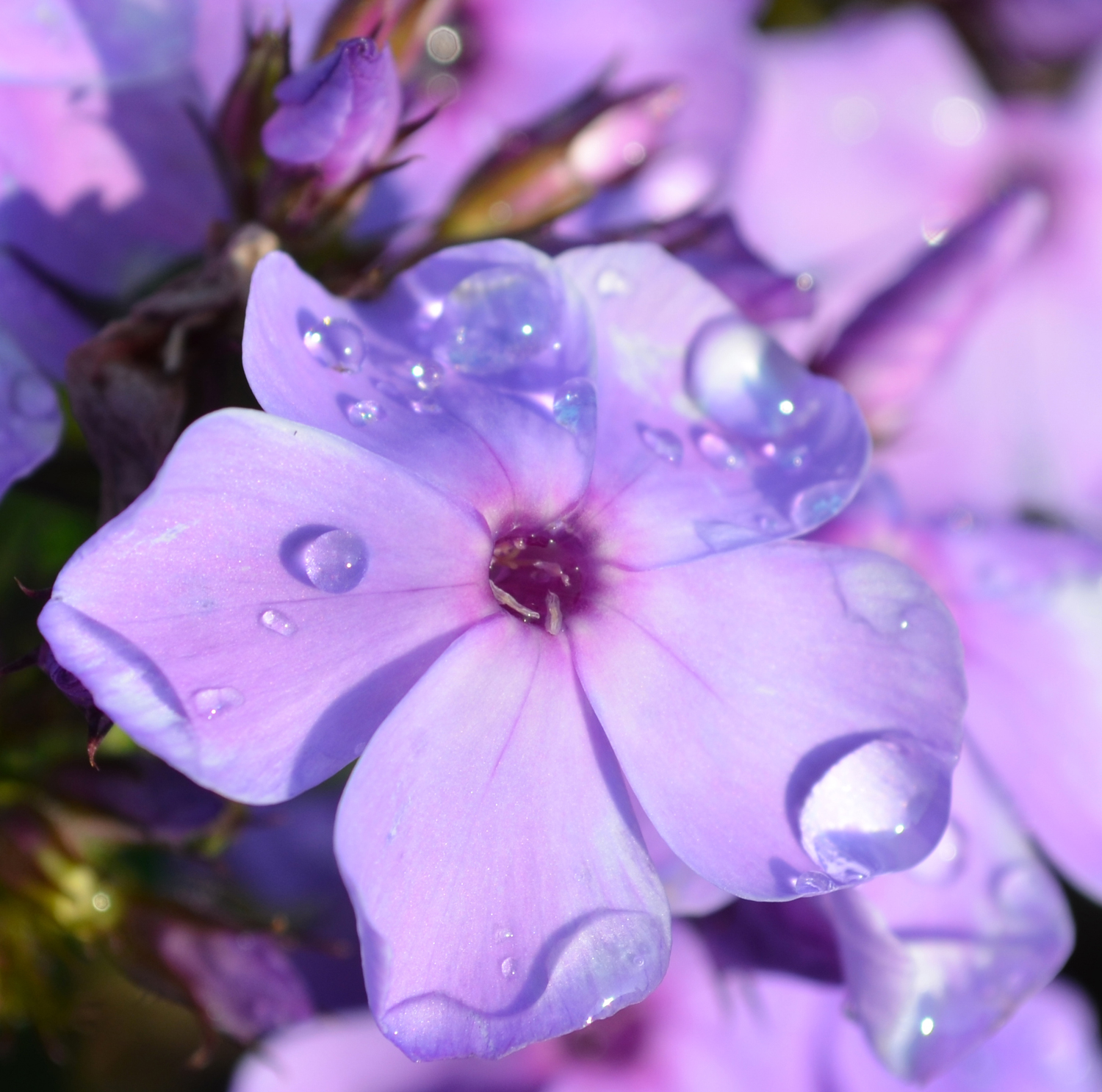Hosta, Lime Leaf 'Time in a Bottle'



Out of stock
Coming soon, still growing- Sun Preference
- Part-Sun, No-Sun
- Bloom Time
- July, August
Description
This interesting variety features narrow, moderately wavy yellow leaves that become more chartreuse as summer progresses; long lasting, deep purple flowers contrast the foliage in late summer; great texture and contrast for shade gardens
Minnesota's Largest Selection of Perennials
Discover an unparalleled selection of perennials at Gertens! With the largest variety in Minnesota, we offer endless options of colorful perennials, natives, and pollinator plants to beautify your garden year after year. From vibrant flowers to lush foliage, our perennials are perfect for adding beauty and charm to your outdoor space. Visit Gertens today and see why we're known as Minnesota's Destination Garden Center!
Details
Plant Height: 12 inches
Flower Height: 24 inches
Spacing: 30 inches
Sunlight: ![]()
![]()
Hardiness Zone: 3a
Other Names: Plantain Lily, Funkia
Brand: Walters Gardens
Description:
This interesting variety features narrow, moderately wavy yellow leaves that become more chartreuse as summer progresses; long lasting, deep purple flowers contrast the foliage in late summer; great texture and contrast for shade gardens
Ornamental Features
Time In A Bottle Hosta features dainty spikes of deep purple tubular flowers rising above the foliage in late summer. Its attractive textured narrow leaves emerge yellow in spring, turning chartreuse in color with showy light green variegation and tinges of buttery yellow throughout the season. The burgundy stems can be quite attractive.
Landscape Attributes
Time In A Bottle Hosta is an herbaceous perennial with tall flower stalks held atop a low mound of foliage. Its relatively fine texture sets it apart from other garden plants with less refined foliage.
This is a relatively low maintenance plant, and is best cleaned up in early spring before it resumes active growth for the season. Gardeners should be aware of the following characteristic(s) that may warrant special consideration;
- Insects
Time In A Bottle Hosta is recommended for the following landscape applications;
- Mass Planting
- Border Edging
- General Garden Use
- Groundcover
Planting & Growing
Time In A Bottle Hosta will grow to be about 12 inches tall at maturity extending to 24 inches tall with the flowers, with a spread of 3 feet. When grown in masses or used as a bedding plant, individual plants should be spaced approximately 30 inches apart. Its foliage tends to remain dense right to the ground, not requiring facer plants in front. It grows at a medium rate, and under ideal conditions can be expected to live for approximately 10 years. As an herbaceous perennial, this plant will usually die back to the crown each winter, and will regrow from the base each spring. Be careful not to disturb the crown in late winter when it may not be readily seen!
This plant does best in partial shade to shade. It prefers to grow in average to moist conditions, and shouldn't be allowed to dry out. It is not particular as to soil type or pH. It is somewhat tolerant of urban pollution. This particular variety is an interspecific hybrid. It can be propagated by division; however, as a cultivated variety, be aware that it may be subject to certain restrictions or prohibitions on propagation.
| SKU | Container Size |
| P3640 | #1 Container (1 Gallon) |
* Not all container sizes may be available at this time. See store for details on specific container size availability.
More Information
| Common Family Name | Hosta |
|---|---|
| Gerten Grown Plants | Gerten Grown Plants |
| Sun Preference | Part-Sun, No-Sun |
| Bloom Time | July, August |
| Mature Spread (Range) | 24" - 36" |
| Mature Height (Range) | 7-12" |
| USDA Hardiness Zone | 3, 4, 5, 6, 7, 8, 9 |


